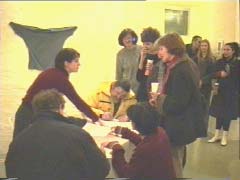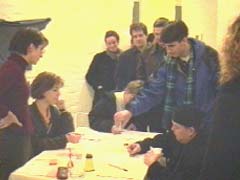The Julian calendar was developed by astrologer Sosigenes on commission from Julius Caesar. According to the Julian calendar a year is 365 days long and every fourth year is a leap year, which is 366 days long. Sosigenes inserted the leap day at the beginning of the two leap months of the former calendar, which is why 24 February is also marked as a leap day in contemporary calendars too. However, the Julian calendar’s 365.25-day year does not accord with the actual length of a year either. This problem was solved in 1582 through the calendar reform introduced by Pope Gregory III, who ordained that only centuries that can be divided by 400 can be leap years, hence 1600 and 2000 are leap years but 1900 is not. This marks the beginning of the Gregorian calendar, which we use to this day and in the case of which there is only one day difference between the lengths of a real year and a calendar year every 3,225 years. (origo)
The next centennial leap year will be 24 February 2400.
Leap day event (from 6 p.m. on Thursday) [video]
Note: Every visitor that came to the chance exhibition had the opportunity to choose a piece they thought or felt was important to them and take it home as a gift. If more people chose the same piece, it was decided with the throw of a dice who would take it home. As planned, the exhibition was gradually dismantled in this way to ‘site-specifically’ become part of the city, the country and the world.


The ‘authors’ were given an honorarium, in other words an ‘appreciation prize’ based on how many visitors wanted to take their work home. The ‘appreciation prize’ was awarded in the form of symbolic artist money, the actual value of which was determined based on the sum expected after the exhibition. The artist money was exchanged into real money at the opening event of the artist money exhibition on 05. 05. 2000.